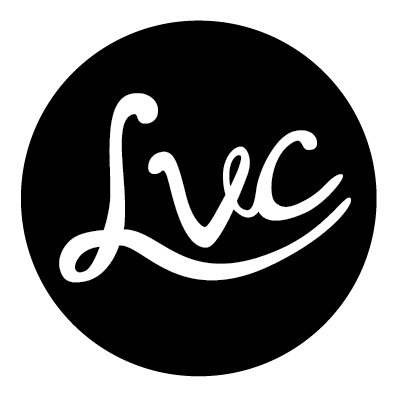Why every freelancer needs to master the reverse brief
Picture this: you’re a freelancer, juggling projects, trying to keep clients happy and invoices paid. One day, you get a DM on Instagram. A fellow small business owner wants you to “tidy up” their logo. Nothing dramatic. Just a quick polish on a small budget and a simple brand guideline doc to keep things tidy.
You send a quote. They approve it. And in the same breath, casually mention they’d be “open to any ideas to improve our branding.” Sure thing. Sounds nice. But the budget’s already agreed to based on what you discussed initially, and you’ve got other work to do. So, you crack on.
Fast-forward a few weeks. You deliver exactly what was agreed: logo cleaned up, colours refined, guidelines written. All neat, all tidy, all ticked off.
Then it lands: “That’s not what I asked for.”
But…it literally is what they asked for.
So what went wrong?
When “creative” means “account manager”
Freelancing isn’t just about creating. It’s also about managing your clients: interpreting, translating, setting expectations, reading between the lines, and looking out for those flags that might be about to turn red.
That throwaway comment about “improving the branding”? To your client, it wasn’t throwaway at all. It was the thing they actually wanted but somehow that wasn’t made clear.
And now you’re stuck in that painful place every freelancer knows. You’ve done the job based on what you understood, but somehow, it’s still wrong. The client’s disappointed. You’re bewildered. And scope creep is slithering in like a bad smell.
The power move most freelancers skip
This is where the reverse brief comes in.
Stop waiting for the perfect client brief. It doesn’t exist. Instead, you write it yourself. Take everything they’ve said (the ask, the deadlines, the must-haves, the throwaway “would be nice if…” comments) and feed it back to them in writing.
Then ask the magic question:
“Here’s what I think you want. Am I right?”
That single sentence does more for your sanity than any productivity hack on the internet. It shows you actually listened. It proves you care about getting it right. And most importantly, it locks in clarity before anyone starts moving pixels or writing copy.
A good reverse brief:
Proves you’re paying attention. Clients feel seen.
Shows you’re invested. You’re not just a hired hand.
Stops scope creep. Before it’s even a thing.
Puts everyone on the same page. Literally.
One final (but important) tip?
Write the reverse brief and get approval from the client BEFORE you quote.
It might sound like unpaid work, but think of it as scoping - because you can’t quote accurately if you don’t know exactly what the client is asking for.
Ready to make reverse briefing part of your process? Download our Reverse Brief template here, and use it forever.

